Art & Exhibitions
Wayne Thiebaud Made an Art Out of Appropriation. A New Show Will Unpack Just How
The artist was known to call himself a "thief." Now, the Legion of Honor has identified everything he stole.
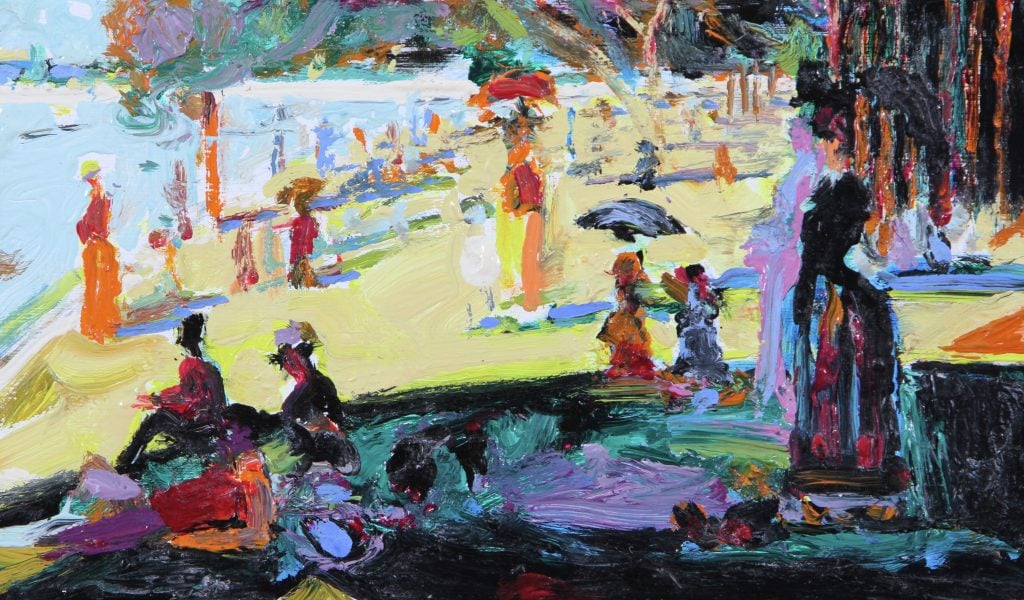
Wayne Thiebaud, appropriation artist? That’s the thesis of a forthcoming exhibition at the Legion of Honor, part of the Fine Arts Museums of San Francisco.
“It’s hard for me to think of artists who weren’t influential on me because I’m such an obsessive thief,” Thiebaud told the New York Times back in 1996.
The California artist, who died at 101 in 2021, is of course best known for his still life paintings of cakes and other sugary confections. But he was also a dedicated student of art history, infusing his works with references to masterpieces of the past—both subtle and overt.
“He constantly, continually refers to himself as a thief—and yet no one has completely taken him at his word!” curator Timothy Anglin Burgard told me.
In putting together the show, he found dozens of examples of paintings where Thiebaud was riffing on the composition of works from the past.
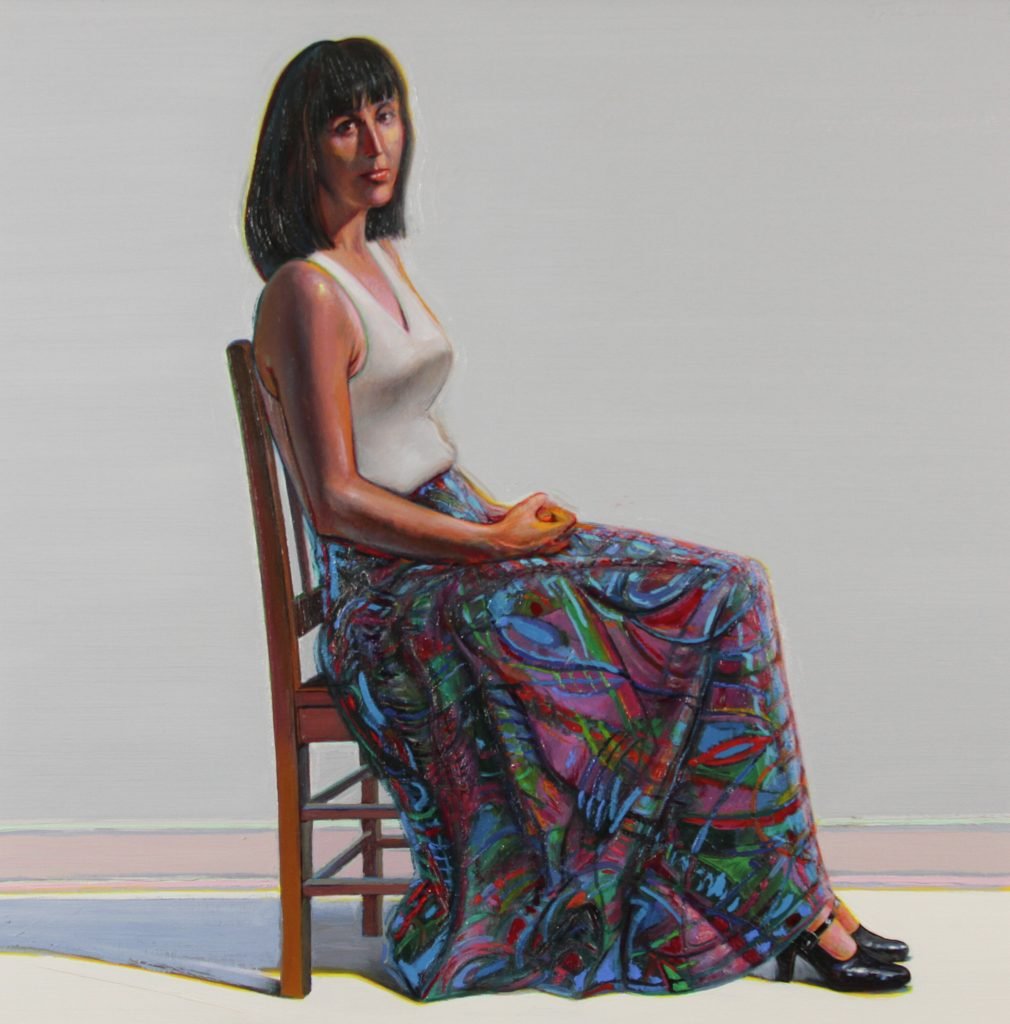
Wayne Thiebaud, Tapestry Skirt (1976, reworked 1982, 2003). ©Wayne Thiebaud Foundation/Licensed by VAGA at Artists Rights Society (ARS), New York.
There’s Tapestry Skirt, a 1976 portrait of a woman seated in profile in a colorful skirt that mirrors James McNeill Whistler’s famous portrait of his mother, Arrangement in Grey and Black No. 1 (1871). The splayed out figure in Thiebaud’s Supine Woman (1963) recalls The Dead Toreador (1864–65) by Édouard Manet. And an array of tasty-looking parfaits in 1962’s Confections mimics the jars in a 1941 Giorgio Morandi Still Life.
Thiebaud would also look to abstract canvases, spotlighting a composition’s similarities with figurative objects. After visiting his hero Franz Kline in New York early in his career, for instance, Thiebaud returned to U.C. Davis in California and painted the gestural looking Electric Chair (1957).
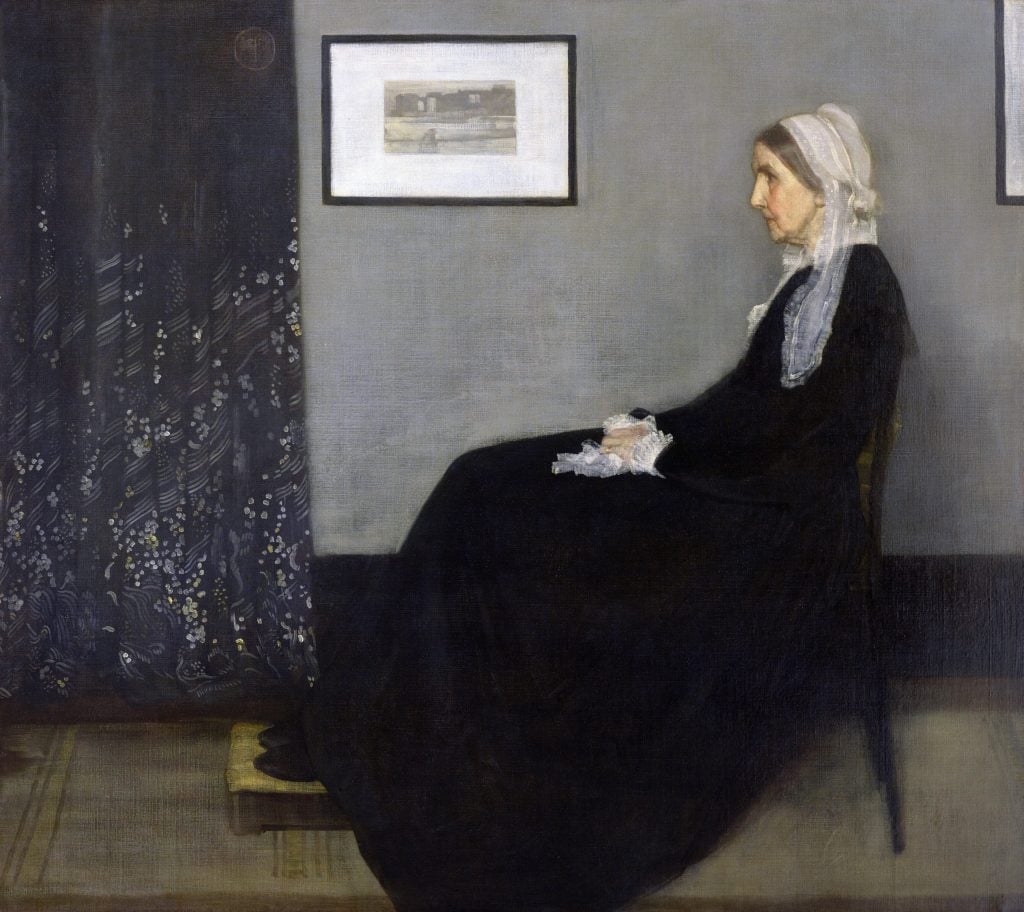
James McNeill Whistler, Arrangement in Grey and Black No.1, famously known as “Whistler’s Mother,” (1871). Photo by Universal History Archive/Universal Images Group via Getty Images)
“I think people always wondered why did he paint Electric Chair? That’s so unlike his typical subject matter. And I think the answer is because it looked like the Franz Kline,” Burgard said. He believes that Manet, Henri Matisse, Edgar Degas, Paul Cézanne, and Richard Diebenkorn were among Thiebaud’s most-referenced artists.
As a percentage of Thiebaud’s oeuvre—hundreds of paintings a year, for over six decades—these appropriations represent a small percentage of the artist’s output, but more than enough to put together a substantial show.
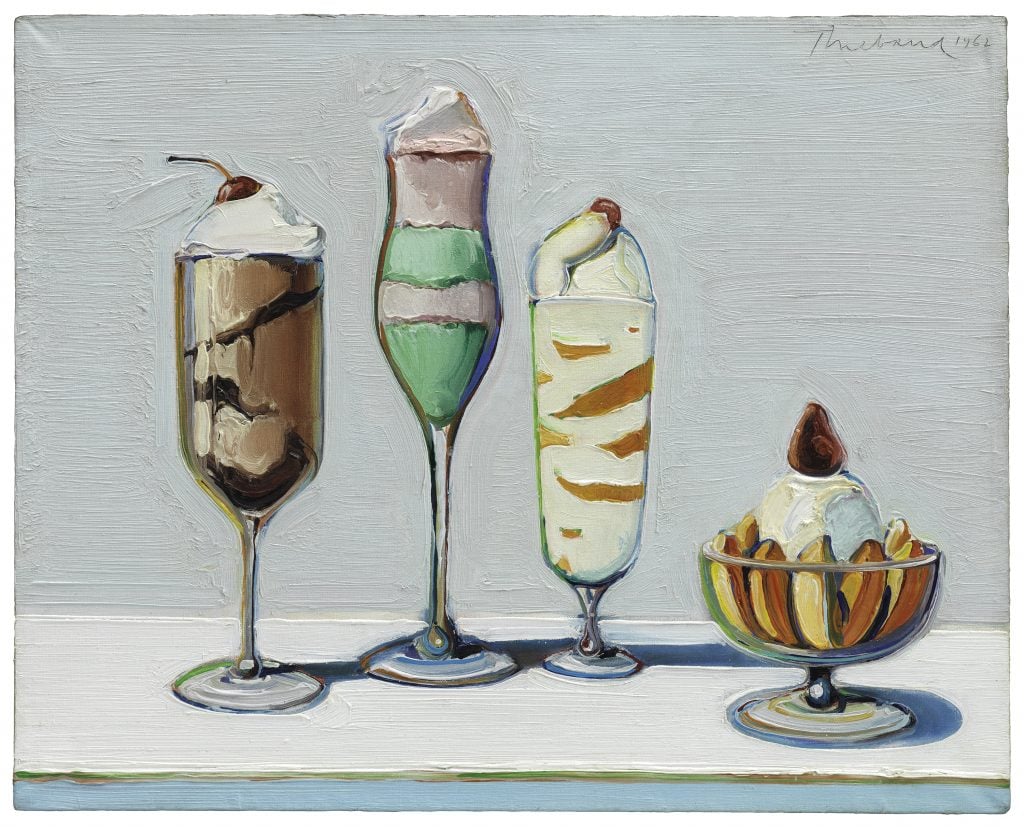
Wayne Thiebaud, Confections (1962). Collection of the San Francisco Museum of Modern Art, gift of Byron R. Meyer.
“Wayne’s art-historical interests were a very significant component of his art philosophy and his working practice,” Burgard said. “One very fundamental reason and rationale to embrace this process of appropriation is that it’s just an enormous fertile generator of ideas. And there’s certainly a sense of competition, wanting to one up the great artists of the past, just like [Pablo] Picasso tackled [Eugène] Delacroix and Manet and [Diego] Velázquez!”
The exhibition title, “Art Comes From Art,” is based on a Thiebaud quote: “I believe very much in the tradition that art comes from art and nothing else.”
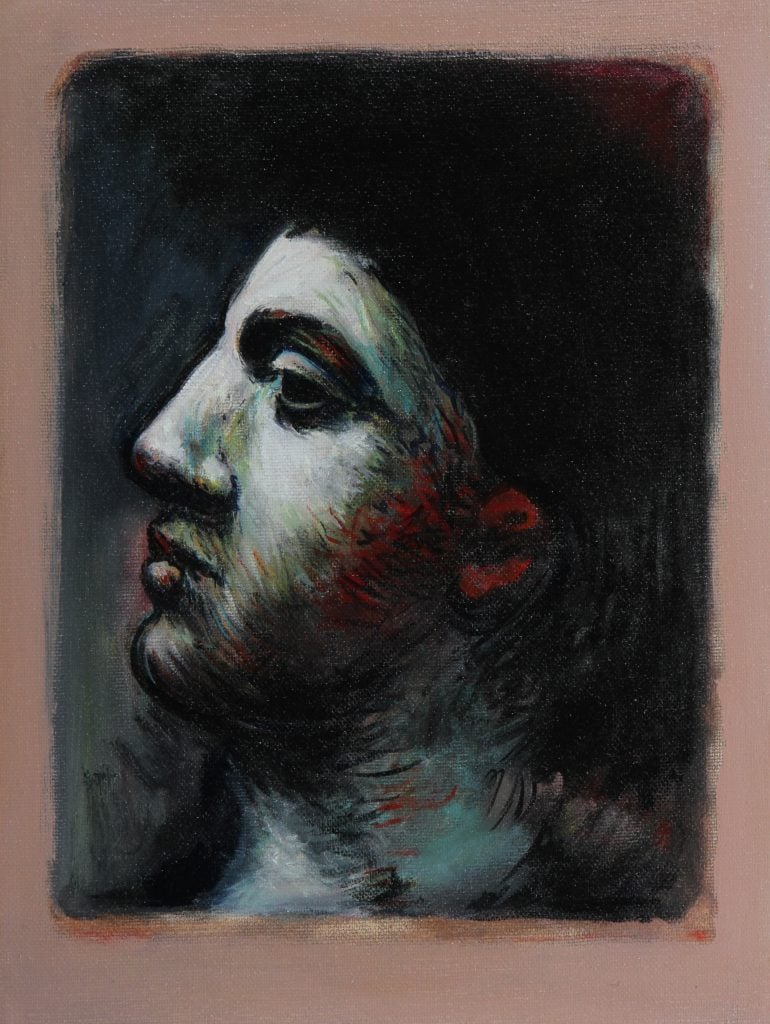
Wayne Thiebaud, Head (Detail) from “Studies” 1920-22 (after Pablo Picasso). ©Wayne Thiebaud Foundation/Licensed by VAGA at Artists Rights Society (ARS), New York.
Though the artist spoke frequently of his artistic “theft,” Thiebaud did not specifically identify many examples, saying that art historians would be able to figure it out.
Burgard, then, has attempted to do just that.
Sixty of the artist’s art-historical reinterpretations will be on view alongside reproductions of the originals, allowing audiences to judge for themselves if the juxtapositions ring true. (The show catalogue goes even deeper, with Burgard showcasing about 100 Thiebaud works and the pieces he appears to have been cribbing from.)
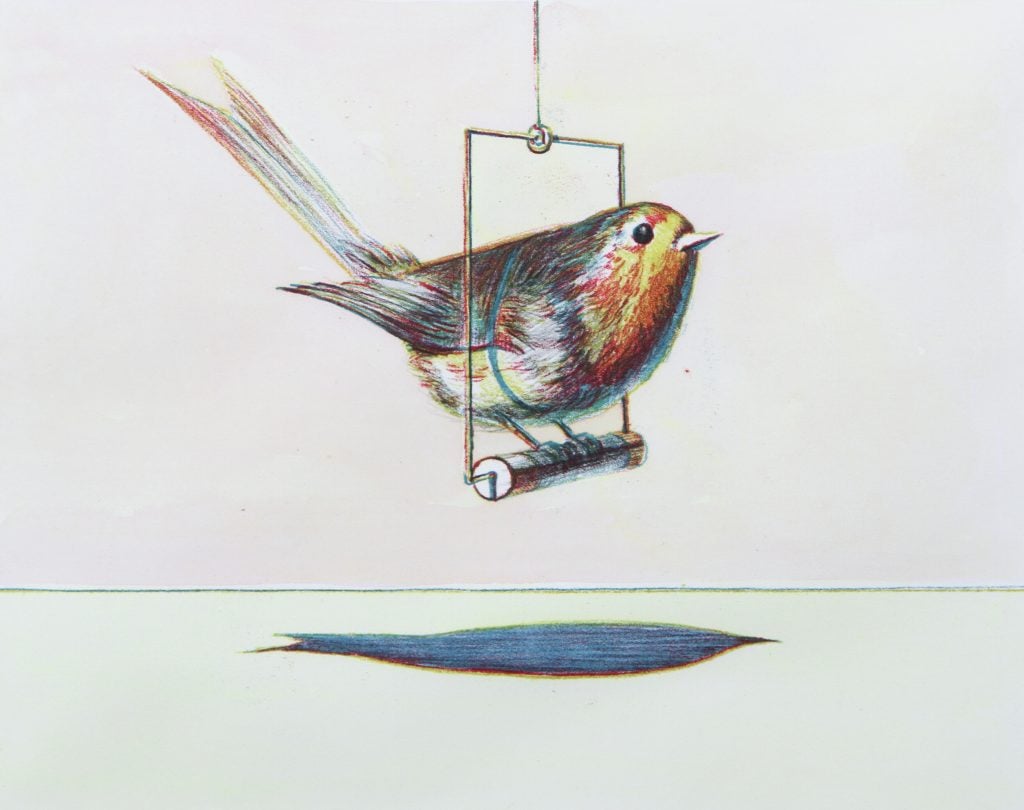
Wayne Thiebaud, Bird on a Swing (1979). It recalls the Carel Fabritius painting “The Goldfinch.”
There will also be 30 outright copies that Thiebaud made of masterpieces by other artists, as well as selections from his personal collection.
The show, part of the museum’s Legion of Honor 100th birthday celebrations, is possible thanks to loans from the Wayne Thiebaud Foundation, which is donating two works from the artist’s collection to the institution for the occasion. The exhibition will mark the first time that these pieces, an untitled 1957 Joan Mitchell canvas, and Jean-Auguste-Dominique Ingres’s 1817 painting Mrs. Fleetwood Pellew (Harriet Frances Webster), will be on public view.
“Wayne Thiebaud: Art Comes From Art” will be on view at the Legion of Honor, 100 34th Avenue, San Francisco, California, March 22–August 17, 2025.





